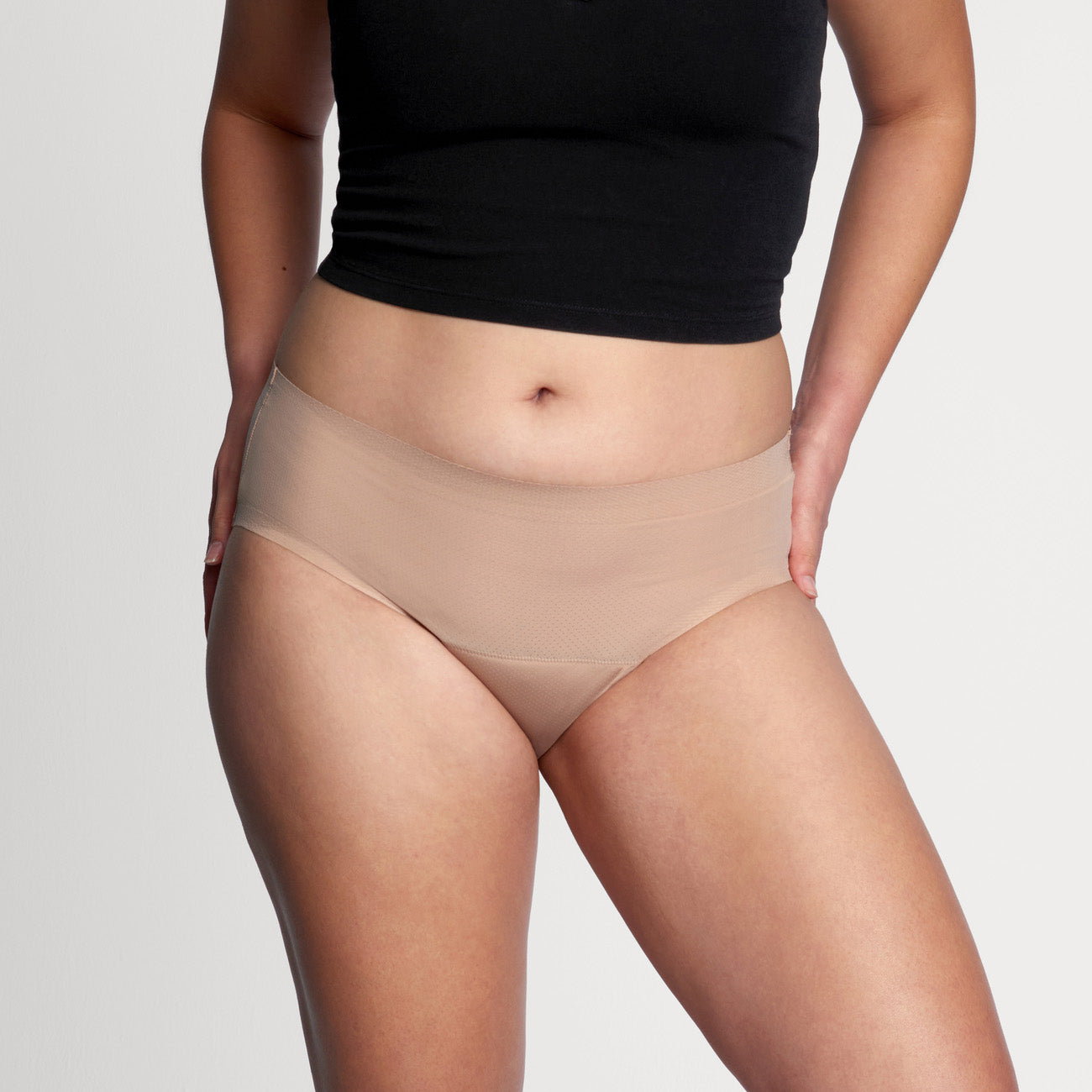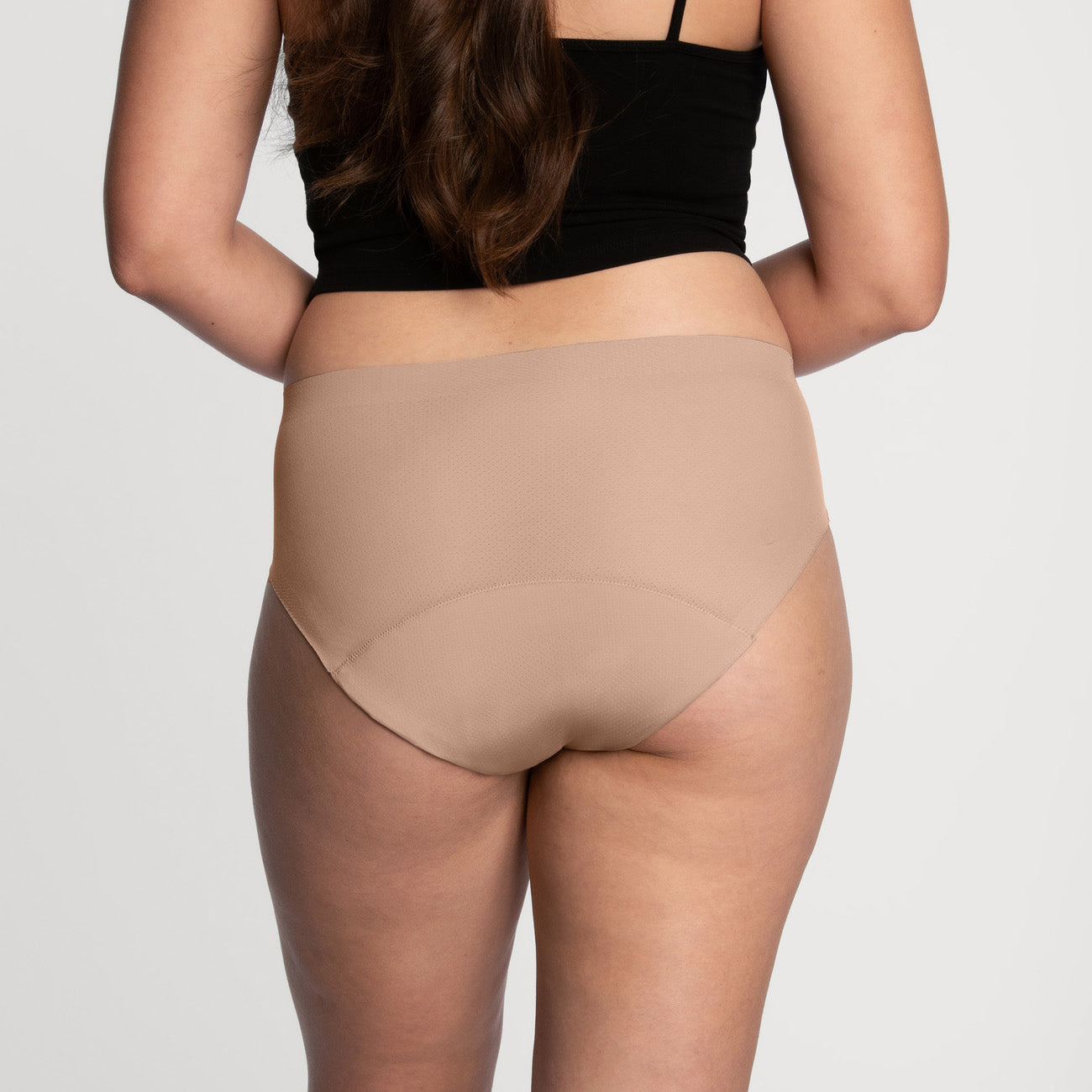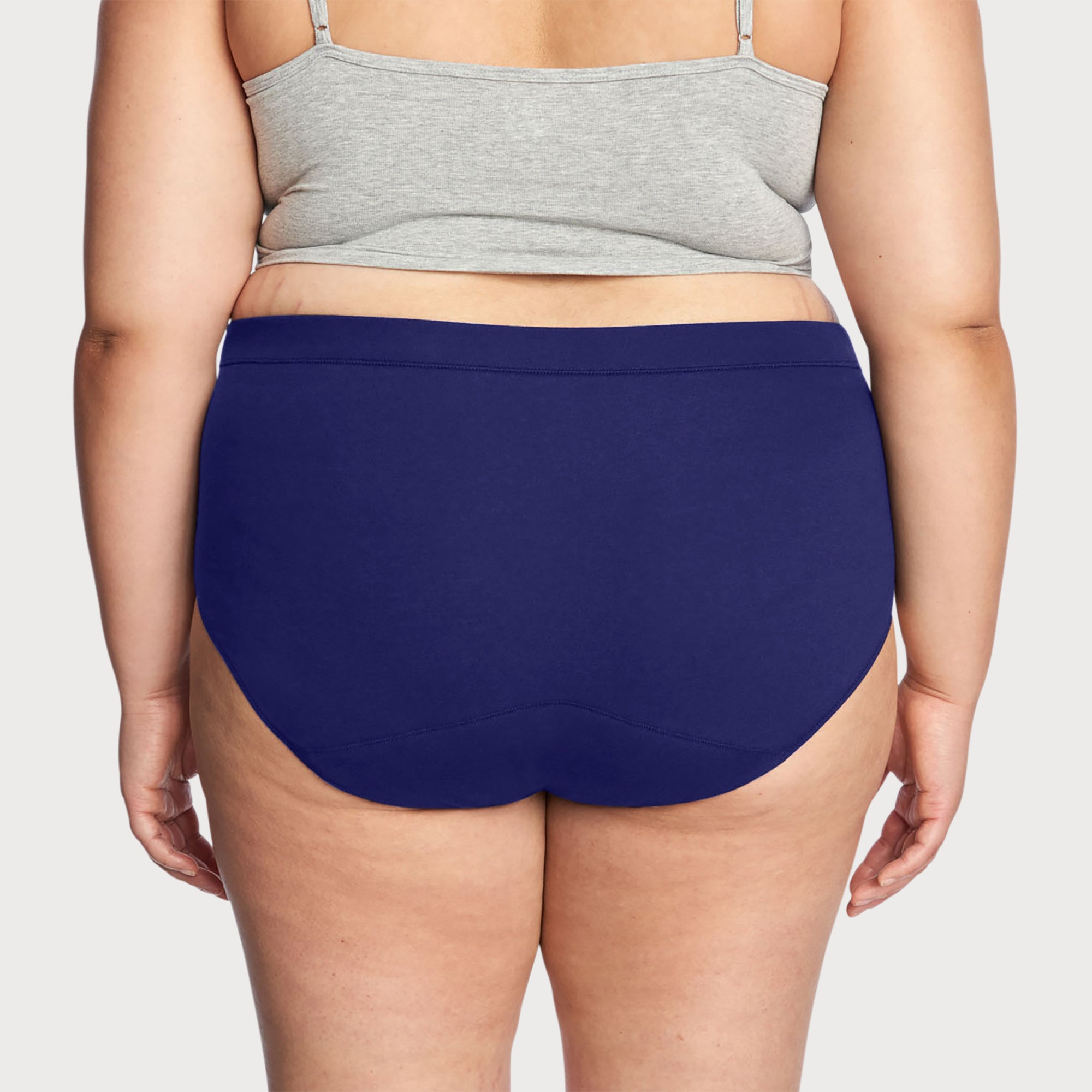Taking Pressure Off Your Pelvic Floor
- Share this article Copy to clipboard

Stress is such a pervasive part of life that there’s an entire institute devoted to studying and solving for its’ mental effects *and* physical manifestations. Clenched muscles, headaches, and shortness of breath are all familiar symptoms for people navigating elevated anxiety levels. Still, most people are surprised to learn that stress affects pelvic floor health. When you’re stressed out, your nervous system reverts to fight-or-flight mode, which translates to short, shallow breathing. It just so happens that breathing correctly is key to a healthy, functional pelvic floor.
That doesn’t mean breathing itself should be a stressful event— it actually means you have much more agency over your pelvic floor health than most of us realize. In that spirit, we worked with Lindsey Vestal, a pelvic health OT and owner of The Functional Pelvis, to put together a simple guide to letting go of tension and taking pressure of your pelvic floor— a practice that’s beneficial for your mind *and* body:
Breathing exercises
Lindsey explains that chronic stress (and just stress in general) and the shallow breathing associated with it can result in a lot of pressure and tension bearing down on your pelvic muscles. That unbalanced pressure often contributes to pelvic organ prolapse, bladder leaks, and other health conditions that stem from dysfunctional pelvic muscles. Lindsey says intentional breathing is one of the best things a person can do to offload pressure from the pelvic floor and maintain an internal balance. Simply setting aside time to focus on calm, deep breathing can clear out a busy internal dialogue, and help reset your diaphragm if you’re in fight-or-flight mode. Regular intentional breathing can also help you recognize how often stress affects your breathing, and might help get to the root of stress triggers in your day-to-day.
Practicing inhales and exhales
If you’re overwhelmed or uncertain about how to start regulating your breathing, Lindsey recommends focusing on a simple inhalation and exhalation exercise. Start by putting your hands on your stomach, a few inches below your belly button. Keeping your fingers firmly in this spot, take an inhale and make a “shhh” noise as you exhale. You should feel your stomach rise under your fingers with every inhale (which means you’re fully inflating your diaphragm with each breath) and feel your stomach fall as your lungs empty on the exhale. When you’re accessing the full breathing capacity of your diaphragm, you’re more likely to experience stable internal pressure— aka ideal conditions for a healthy, responsive pelvic floor.
This exercise can be done wherever, whenever (though we’ll take a gamble that you’ll be most comfortable doing this in the privacy of your home). A regular meditation practice through accessible apps like Headspace can also help you build more diverse breathing exercises into your daily or weekly routine.
Improving alignment and learning your limits
Like breathing, good body alignment and proper posture are simple ways to ensure you’re not overloading your pelvic floor with pressure. This means that, as tempting as it can be to efficiently carry every heavy grocery bag inside at once, it’s better to pace your actions to protect your body. Overburdening yourself with extra weights can negatively affect your posture and put too much pressure on your pelvic muscles.
Lindsey explains that even something like wearing high heels can throw off your body’s internal balance and alignment, since heels cause your body to pitch forward. Wearing comfortable shoes (and/or giving Franklin Balls a try) is another actionable way to preserve and improve your internal alignment. Lindsey says learning your limits (literally, as in how many grocery bags your body can handle) is an important part of protecting your pelvic floor, and protecting your body from potential injuries.
No matter how you go about it, releasing pent up tension and remedying bad posture can all positively impact your pelvic floor health— and might improve your stress levels, too!
How do you manage stress in your day-to-day? Would you give breathing exercises a try? Share in the comments section.


















